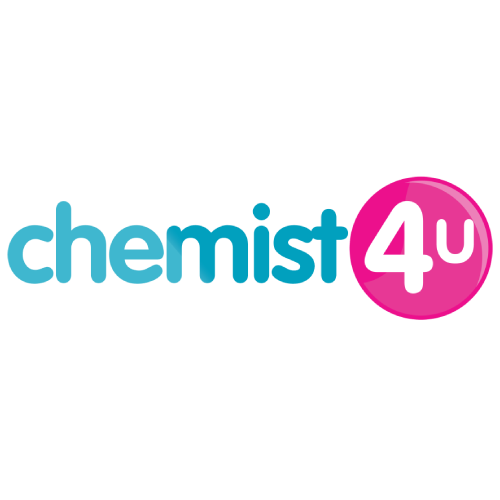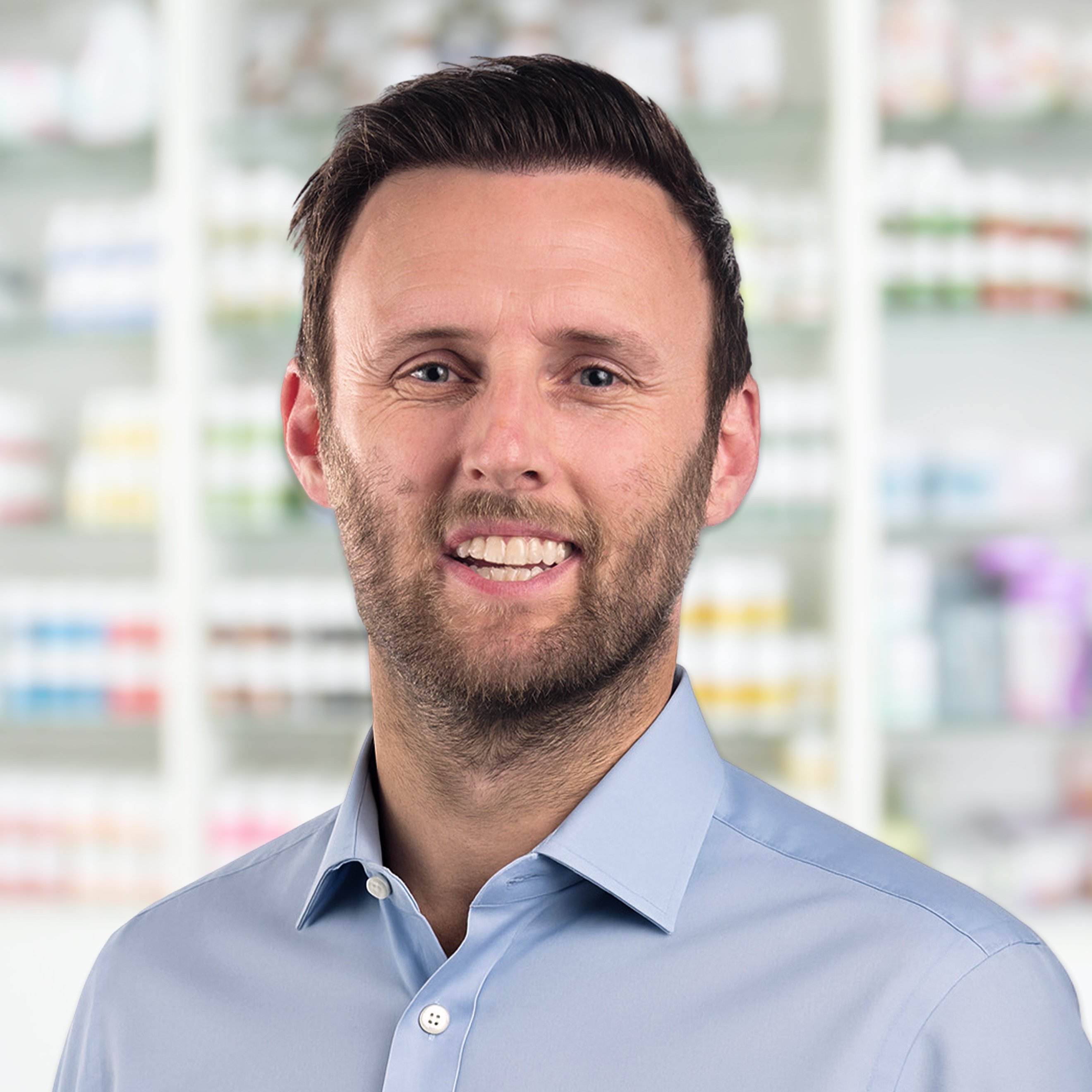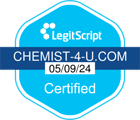The World’s Oldest Medicines and Antibiotics
Before modern medicine, various concoctions and potions were used to treat a multitude of ailments and diseases – some of which physicians wouldn’t dream of prescribing today.
But, back in the Victorian period, the famous Mrs Winslow’s Soothing Syrup used to calm teething babies contained a potent painkiller known as morphine [1].
As time went by, medicine and drugs became more refined thanks to thorough testing. In the graphics below, Chemist4U has outlined the world’s oldest medicines as well as a timeline of antibiotic discovery and current prescribing rates in England.
What is the world’s oldest recorded medicine?
There is archaeological evidence that suggests that plant-based medicines date back to the Palaeolithic age [2].
However, in terms of recorded medicines, Cannabis sativa is one of the oldest, which was discovered in 2700 BCE.
Also discovered in the same year was Mandragora officinarum, a species of the plant genus Mandragora in the nightshade family, used to treat nerve agent and pesticide poisonings, morning sickness and postoperative nausea.
Another medicine discovered in 2700 BCE is rhubarb. Although most commonly known as one part of a delicious dessert, an isolated component of rhubarb, known as Emodin, can be used as a laxative.

19th -21st Century Medicines
Known as the beginning of the modern era of medicines, this is where we begin to see the synthesis of organic molecules and active ingredients to deliver drugs and medication in an easily digestible and administered way.
For example, in 1834, François Mothes and Joseph Dublanc created a method to produce a single-piece gelatin capsule. Then in 1853, Alexander Wood was the first physician that used hypodermic needles to dispense drugs via injections.
In the latter half of the 19th century, 1877, a common pain relief drug that is routinely used today was discovered: Paracetamol. Although this wouldn’t be patented until years later in 1950.
In the 20th century, there was a huge movement in the discovery and development of drugs, particularly life-changing medicines.
In 1921, Insulin was officially discovered having been successfully extracted and isolated from a dog and injected into a diabetic dog.
Through further refinement, Insulin became the first-line treatment for diabetics.
In 1928, Penicillin was discovered by Alexander Flemming. Penicillin is still used today as an antibiotic to treat an infection. Although the first formulation was initially obtained from Penicillium mould, the antibiotics we use today are chemically synthesised from naturally produced penicillins.



21st-century drug discovery was largely influenced by new methods of research and development such as the Humane Genome study, which identifies which genes are responsible for illness as well as Pharmacogenomics - the study and knowledge of how genes respond to drugs.
Both of these advances in research led to more improved and personalised medicine, for example, Ivacaftor, discovered in 2012, is used to treat people with cystic fibrosis with certain mutations of the cystic fibrosis gene.
Old medicines still in use today
Despite the advances in modern medicine, there are still a number of medications dating back to times before the common era that are used in the current day.
Opium, one of the first medicines to be discovered in 300 B.C., is to this day used as pain relief for various conditions.
However, modern opium is no longer made from opium poppies but now man-made in a lab. There are, in fact, many medicines that derive from opium, including co-codamol and fentanyl.
Morphine, discovered in the early 1800s, also derives from opium and is still used to treat severe pain and is commonly given after surgery or serious injuries.
Aspirin, found in 1853, is still used as a common practice to treat everyday aches and pains.
In some cases, aspirin can lower the risk of heart attack and blood flow related problems for high-risk individuals [3].
In fact, in 2021, over 13 million prescriptions of aspirin were given according to NHS England data [4].
Insulin, discovered in 1921, is another medicine from history that changed the course of modern medicine.
Used to treat people with diabetes who do not produce their own supply of insulin, this historic medicine is life-changing, with diabetic patients life expectancy before the discovery being 3 years[5].
Timeline of Antibiotic Discovery
In 1910, the first antibiotic, Salvarsan, was deployed [2]. And in over 100 years, many more antibiotics have been discovered which have saved lives and extended the human lifespan.
As mentioned previously, Penicillin was discovered in 1928 and is one of the more well-known antibiotics that is prescribed by medical professionals.
Antibiotic discovery rates sped up from here and peaked in the 1950s.
But since then, antibiotic discovery has slowed down, with only one discovered in the 21st century - Diarylquinolines in 2004 - which was introduced clinically in 2012.

According to the NHS website, there are six groups of antibiotics currently prescribed [6]. These are Penicillins, Cephalosporins, Aminoglycosides, Tetracyclines, Macrolides and Fluoroquinolones.
In recent years, antibiotic resistance has become a big problem across the globe, with many medical professionals and health organisations working together to reduce the use of antibiotics, especially if health problems are not serious.
Using the most recent NHS England prescribing data[4], our research has found that the levels of antibiotics prescribed in 2020 versus 2015 is down -36.57%, with pre-pandemic prescription rates (2020 vs. 2018) down -23.10%.
This suggests that the NHS and health organisations' stance on reducing the number of antibiotics administered has worked in England.
In terms of a specific type of antibiotic that has reduced the most in prescribing rates, Benzylpenicillin sodium (Penicillin G), is down by -404.87% (2020 vs. 2015).
However, Co-fluampicil(Flucloxacillin/ampicillin), part of the Penicillin type antibiotic group, is down the most by -2171.65%, when comparing 2020 to 2015 prescribing figures.
From the NHS England data, there are only three antibiotic items where their prescribing rates are up in 2020 versus 2015. Azithromycin, part of the Macrolides antibiotic group, used to treat lung and chest infections, is up the most, by 27.52%.
The reason for this might be because it is particularly useful as an alternative for people with a penicillin allergy or sensitivity, or to treat penicillin-resistant strains of bacteria.
This supports the world-view that antibiotic resistance is a “health and development threat” [7] and is impacting the use and success rate.
Footnotes
- https://www.webmd.com/a-to-z-guides/features/look-back-old-time-medicines
- https://www.sciencedirect.com/science/article/pii/S1369527419300190
- https://www.nhs.uk/medicines/low-dose-aspirin/about-low-dose-aspirin/
- https://www.nhsbsa.nhs.uk/prescription-data/prescribing-data
- https://www.ncbi.nlm.nih.gov/pmc/articles/PMC4058732.
- https://www.nhs.uk/conditions/antibiotics/
- https://www.who.int/news-room/fact-sheets/detail/antimicrobial-resistance
Data:
You can find a full list of the data set here






